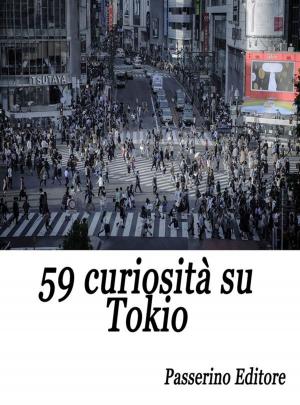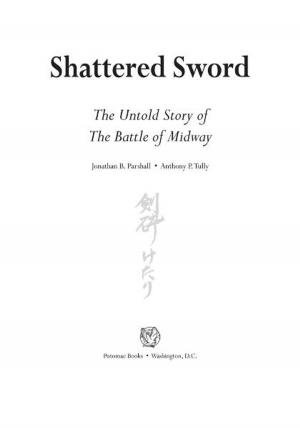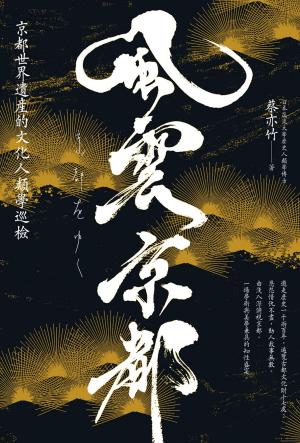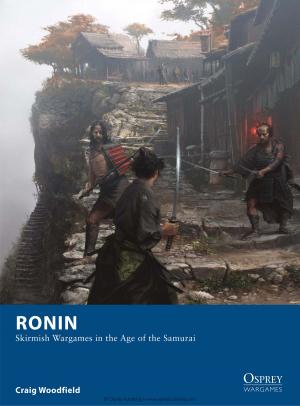Old-World Japan
Legends of the Land of the Gods (Illustrations)
Fiction & Literature, Literary Theory & Criticism, Asian, Nonfiction, History, Japan| Author: | Frank Rinder, Thomas Heath Robinson | ISBN: | 1230000268339 |
| Publisher: | London: George Allen | Publication: | September 16, 2014 |
| Imprint: | Language: | English |
| Author: | Frank Rinder, Thomas Heath Robinson |
| ISBN: | 1230000268339 |
| Publisher: | London: George Allen |
| Publication: | September 16, 2014 |
| Imprint: | |
| Language: | English |
History and mythology, fact and fable, are closely interwoven in the texture of Japanese life and thought; indeed, it is within relatively recent years only that exact comparative criticism has been able, with some degree of accuracy, to divide the one from the other. The accounts of the God-period contained in the Kojiki and the Nihongi—“Records of Ancient Matters” compiled in the eighth century of the Christian era—profess to outline the events of the vast cycles of years from the time of Ame-no-mi-naka-nushi-no-kami’s birth in the Plain of High Heaven, “when the earth, young and like unto floating oil, drifted about medusa-like,” to the death of the Empress Suiko, A.D. 628.
The first six tales in this little volume are founded on some of the most significant and picturesque incidents of this God-period. The opening legend gives a brief relation of the birth of several of the great Shinto deities, of the creation of Japan and of the world, of the Orpheus-like descent of Izanagi to Hades, and of his subsequent fight with the demons.
That Chinese civilisation has exercised a profound influence on that of Japan, cannot be doubted. A scholar of repute has indicated that evidence of this is to be found even in writings so early as the Kojiki and the Nihongi. To give a single instance only: the curved jewels, of which the remarkable necklace of Ama-terasu was made, have never been found in Japan, whereas the stones are not uncommon in China.
This is not the place critically to consider the wealth of myth, legend, fable, and folk-tale to be found scattered throughout Japanese literature, and represented in Japanese art: suffice it to say, that to the student and the lover of primitive romance, there are here vast fields practically unexplored.
The tales contained in this volume have been selected with a view rather to their beauty and charm of incident and colour, than with the aim to represent adequately the many-sided subject of Japanese lore. Moreover, those only have been chosen which are not familiar to the English-reading public. Several of the classic names of Japan have been interpolated in the text. It remains to say that, in order not to weary the reader, it has been found necessary to abbreviate the many-syllabled Japanese names.
The sources from which I have drawn are too numerous to particularise. To Professor Basil Hall Chamberlain, whose intimate and scholarly knowledge of all matters Japanese is well known, my thanks are especially due, as also the expression of my indebtedness to other writers in English, from Mr. A. B. Mitford to Mr. Lafcadio Hearn, whose volumes on “Unfamiliar Japan” appeared last year. The careful text of Dr. David Brauns, and the studies of F. A. Junker von Langegg, have also been of great service. The works of numerous French writers on Japanese art have likewise been consulted with advantage.
History and mythology, fact and fable, are closely interwoven in the texture of Japanese life and thought; indeed, it is within relatively recent years only that exact comparative criticism has been able, with some degree of accuracy, to divide the one from the other. The accounts of the God-period contained in the Kojiki and the Nihongi—“Records of Ancient Matters” compiled in the eighth century of the Christian era—profess to outline the events of the vast cycles of years from the time of Ame-no-mi-naka-nushi-no-kami’s birth in the Plain of High Heaven, “when the earth, young and like unto floating oil, drifted about medusa-like,” to the death of the Empress Suiko, A.D. 628.
The first six tales in this little volume are founded on some of the most significant and picturesque incidents of this God-period. The opening legend gives a brief relation of the birth of several of the great Shinto deities, of the creation of Japan and of the world, of the Orpheus-like descent of Izanagi to Hades, and of his subsequent fight with the demons.
That Chinese civilisation has exercised a profound influence on that of Japan, cannot be doubted. A scholar of repute has indicated that evidence of this is to be found even in writings so early as the Kojiki and the Nihongi. To give a single instance only: the curved jewels, of which the remarkable necklace of Ama-terasu was made, have never been found in Japan, whereas the stones are not uncommon in China.
This is not the place critically to consider the wealth of myth, legend, fable, and folk-tale to be found scattered throughout Japanese literature, and represented in Japanese art: suffice it to say, that to the student and the lover of primitive romance, there are here vast fields practically unexplored.
The tales contained in this volume have been selected with a view rather to their beauty and charm of incident and colour, than with the aim to represent adequately the many-sided subject of Japanese lore. Moreover, those only have been chosen which are not familiar to the English-reading public. Several of the classic names of Japan have been interpolated in the text. It remains to say that, in order not to weary the reader, it has been found necessary to abbreviate the many-syllabled Japanese names.
The sources from which I have drawn are too numerous to particularise. To Professor Basil Hall Chamberlain, whose intimate and scholarly knowledge of all matters Japanese is well known, my thanks are especially due, as also the expression of my indebtedness to other writers in English, from Mr. A. B. Mitford to Mr. Lafcadio Hearn, whose volumes on “Unfamiliar Japan” appeared last year. The careful text of Dr. David Brauns, and the studies of F. A. Junker von Langegg, have also been of great service. The works of numerous French writers on Japanese art have likewise been consulted with advantage.















